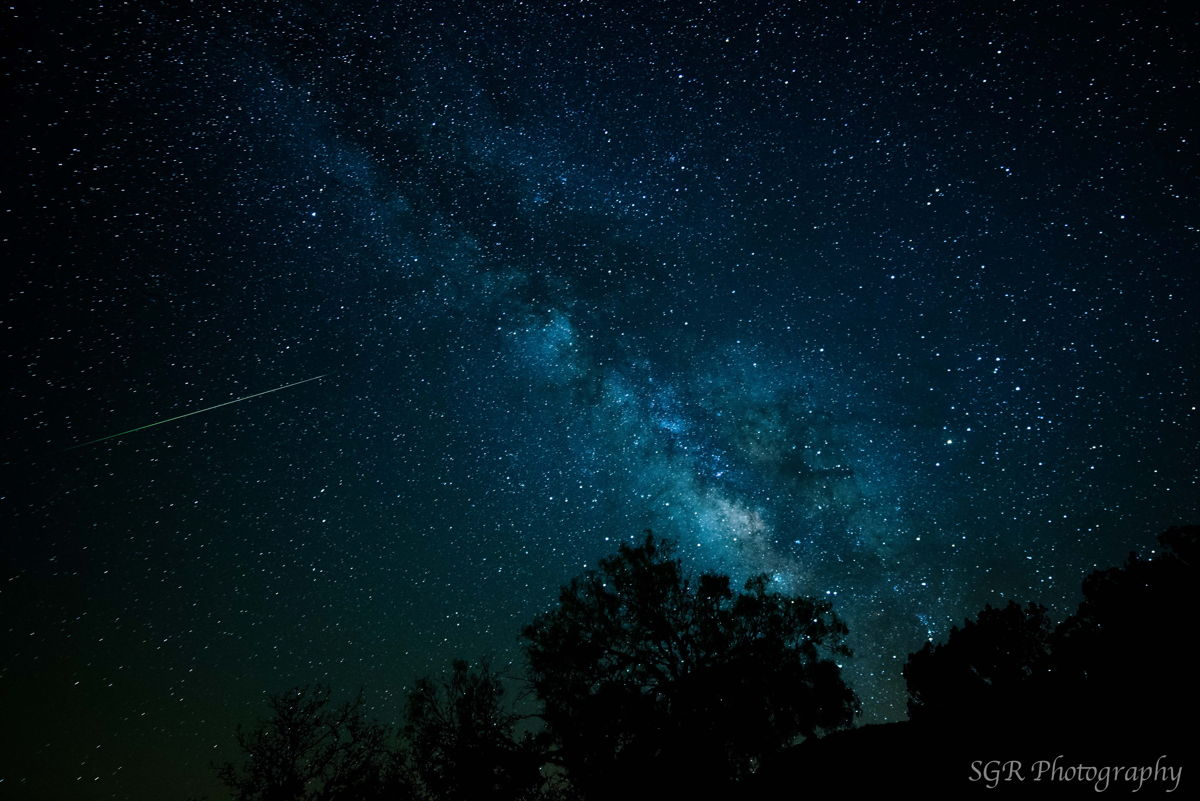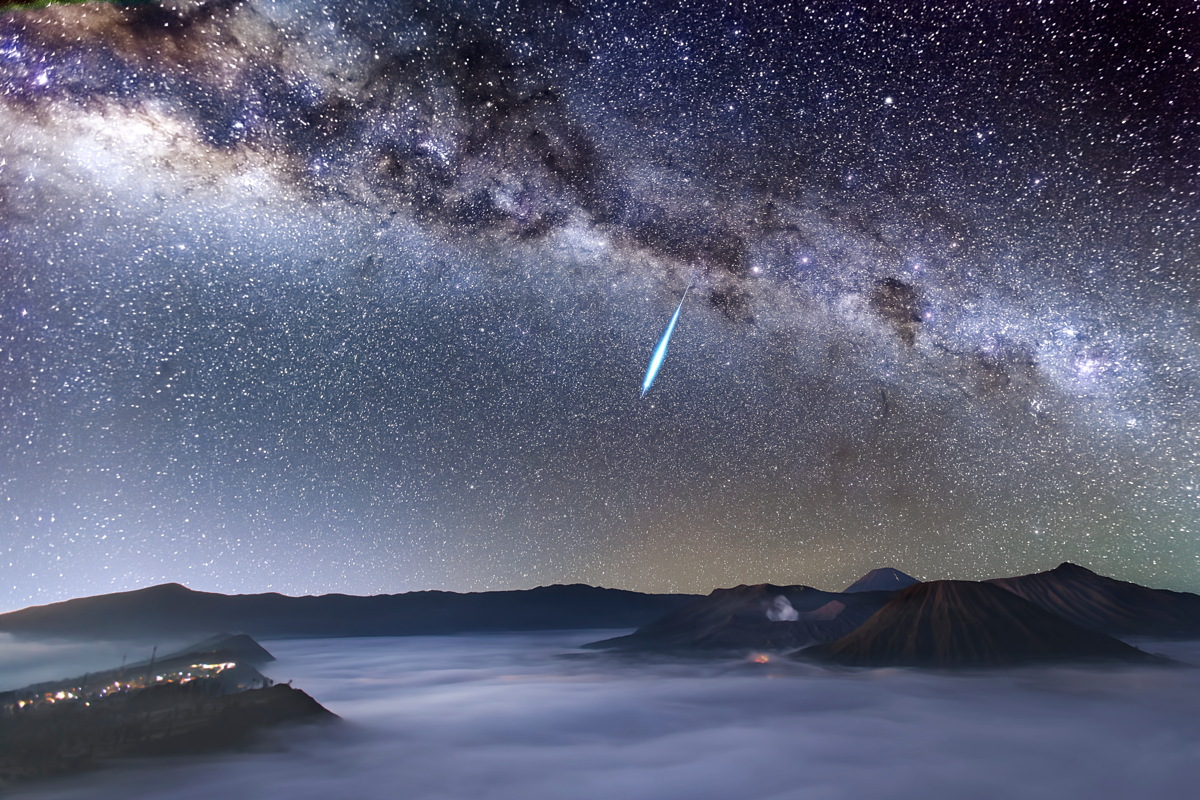Eta Aquarid meteor shower peaks this week! Here's how to watch the show.
You may see as many as 50 shooting stars an hour.

The Eta Aquarid meteor shower may generate as many as 50 shooting stars an hour during its peak on Thursday (May 5), weather permitting.
The meteor shower is of medium brightness, meaning that darker skies will produce more visible meteors. The best views will happen before dawn, according to Bill Cooke, who leads NASA's Meteoroid Environment Office.
The moon will be in its waxing crescent phase (roughly 15% full) when the shower peaks. While the show is most visible from the Southern Hemisphere or close to the equator, it is also visible to some folks in the north. Look for the constellation Aquarius, which is in the southern sky.
Related: Meteor shower guide 2022: Dates and viewing advice
If you're hoping to capture photos of Eta Aquarid meteors, our guide on how to photograph meteor showers can help. You can also use our best cameras for astrophotography and best lenses for astrophotography guides to prepare for the next meteor shower.
The best way to see meteors, according to Cooke, is to lay flat on your back while looking straight up. That position will give the largest view of the sky without neck strain.

The Eta Aquarids are associated with Halley's Comet, which returns to Earth every 76 years. The "shooting stars" you see will be flecks of dust or small pebbles that burn up high in the atmosphere. Meteorites, or space rocks that make it to the ground, tend to come from one-time fireballs of asteroid fragments.
Get the Space.com Newsletter
Breaking space news, the latest updates on rocket launches, skywatching events and more!
The meteor shower is known for its swiftly moving streaks with long trains, according to the American Meteor Society, whizzing through the atmosphere at 41 miles (66 kilometers) per second.
Editor's note: If you snap an amazing photo of an Eta Aquarid meteor or any other night-sky sight and you'd like to share it with Space.com for a story or image gallery, send images, comments and location information to spacephotos@space.com.
Follow Elizabeth Howell on Twitter @howellspace. Follow us on Twitter @Spacedotcom and on Facebook.
Join our Space Forums to keep talking space on the latest missions, night sky and more! And if you have a news tip, correction or comment, let us know at: community@space.com.

Elizabeth Howell (she/her), Ph.D., was a staff writer in the spaceflight channel between 2022 and 2024 specializing in Canadian space news. She was contributing writer for Space.com for 10 years from 2012 to 2024. Elizabeth's reporting includes multiple exclusives with the White House, leading world coverage about a lost-and-found space tomato on the International Space Station, witnessing five human spaceflight launches on two continents, flying parabolic, working inside a spacesuit, and participating in a simulated Mars mission. Her latest book, "Why Am I Taller?" (ECW Press, 2022) is co-written with astronaut Dave Williams.









